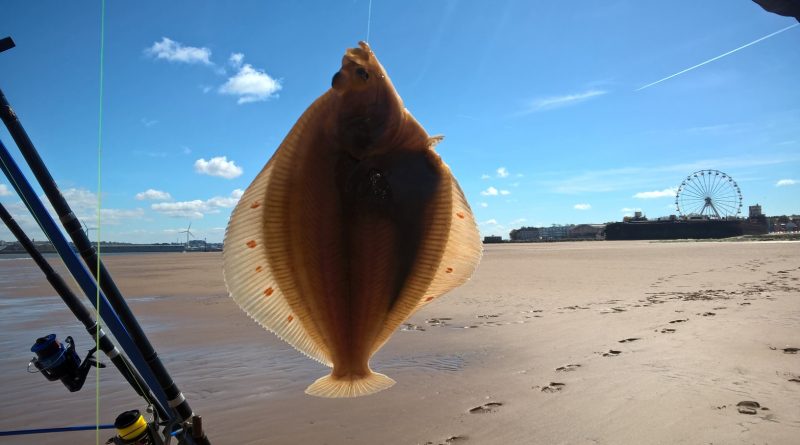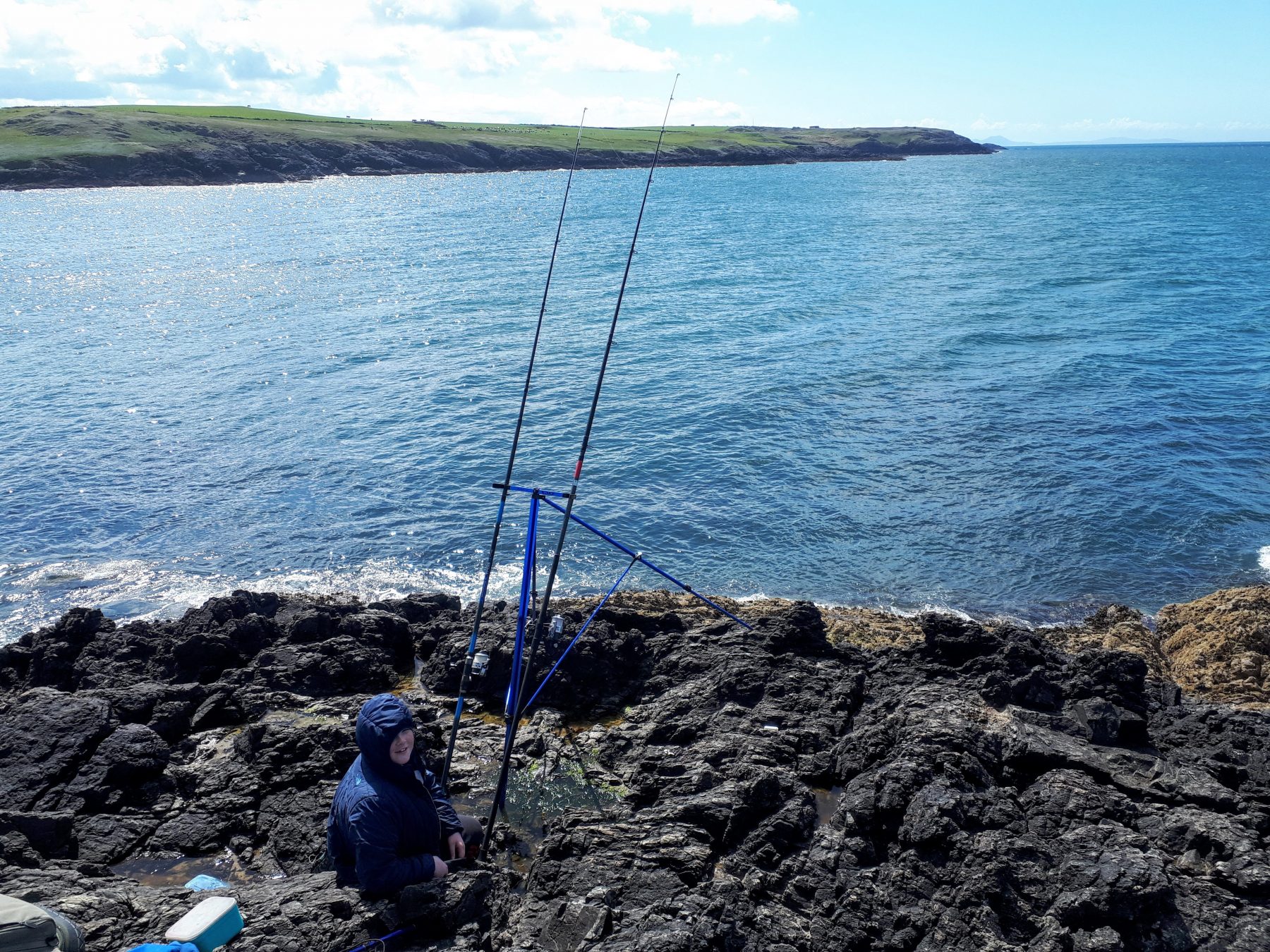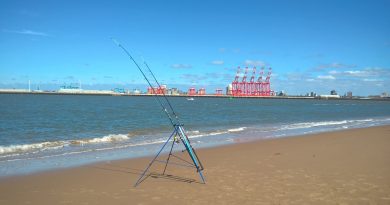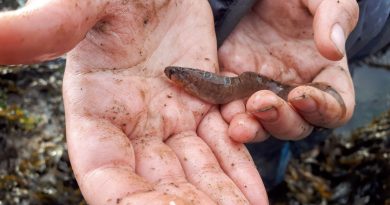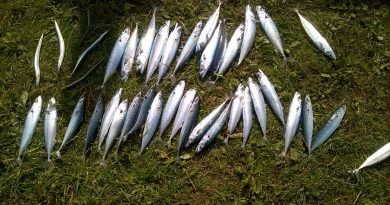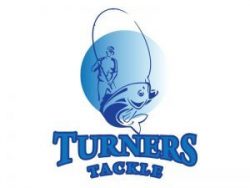Shore fishing tackle guide
We’ve put together a shore fishing tackle guide to help you get started, listed below are what you will need.
- Beachcaster 12-14 foot, 5-8 ounce casting weight
- Fixed spool 8000-10000 reel size
- Your fishing tackle such as weights and rigs
- Bait, the fresher the better
- A small towel or rag for your hands and holding fish with spikes
- Small long nose pliers / disgorger or forceps for unhooking
- A small first aid kit
These are the basic essentials that you will need for shore fishing. To make life easier you may also want to invest in a tripod or sand spike for just beach fishing. There is further information in our shore fishing tackle guide below.
Sea fishing Rods
Sea fishing Rods – what’s the difference? With so many different types available from Continental, Bass, pier, beachcastors etc it’s hard to know which rod is right for you and the type of fishing you will be doing. With sea fishing reels it’s fixed spool reels or multiplier reels.
Some rods types can be used for different fishing disciplines so can be very useful as a fall back rod. I often take a light 12 foot 3 piece beachcaster with me as a spare as accidents do happen (It’s not a very good rod) it’s light enough to do a bit of float fishing, mini species hunt or mackerel bashing should the occasion present itself.
I started off with a carp fishing rod, these are quite handy as they tend to be quite light but strong. Others may disagree but it worked well for me starting out. Both Carp rods could pull up a double header of whiting / codling up the prom wall at Mariners Wharf. I also fished Perch Rock in medium tides to small tides, admittedly this showed their shortcomings. When changing up to beachcasters I quickly realised carp rods limitations in a sea fishing environment. However it did however allow me to try sea fishing and progress into the hobby (read addiction).
Always try to get the best beachcaster you can afford, you local tackle shop will help with advice. I’ve tried various telescopic rods that have fallen to pieces, one on its first cast. There are cheap branded rods for around £35, these work to a point. The next “level up” of beachcasters start around £75-£80, the difference is unreal. They will also last longer and have more strength to target larger fish.
Shore Sea fishing rods types
Beachcaster
Bass rod
Spinning rod
Sea fishing Reels
There are two types of sea fishing reels, each has it’s own advantages / disadvantages. Usually people prefer one over the other, or will use one in specific situations ie the need for a quick retrieve etc.
Fixed Spool
The fixed spool reel, it my personal favourite due the there ease of use for beginners and professionals alike. Uncomplicated and easy to use, they come in many sizes to match the rod and the fish size you are hunting for. From small 4000 size up to 10000 for the big beachcastors they are also available across the low to high price spectrum so are available to most people. My people may start sea fishing after already trying freshwater fishing. Fixed spools allow a more natural transition as they are used by coarse and Carp anglers. Beachcastor reels are in the 7000 to 10000 size range. Smaller sizes are used for spinning and lighter sea fishing such as Lrf.
Multiplyer
The multyplier reel has many characteristics / features that are superior in ways to fixed spool reels, multiplyer reels have the ability to cast great distances and can have a much quicker retrieval rate in comparison to fixed spool reels. Ease of use is far less, however practice will help give ease of use that come almost instantly with fixed spool reels. Once mastered it is a fantastic option for various ground. Example- ideal for the outside of holyhead breakwater, snaggy ground, long cast and quick retrieval needed.
Tripods
Sea fishing tripods are an essential part of your kit, make no mistake. Tripods allow you to keep your rods in the perfect position to see bites. Many are fully adjustable and can be used for beach and rock fishing marks. Moreover bait nets can be added for quick access without having to stoop. Pre baited rigs can also be hung from them ready for quick changovers.
Sand spikes can be used for general beach fishing. They are light weight and small so they are easier to transport and carry. Sand spikes can be useful but are very limited in scope in comparison to tripods.
End tackle
Lead weights are essential to enable you to cast out your baits. Different designs help you find fish in different ways. Spiked or gripper leads help keep your bait in one place. They also act as a bait anchor in areas with strong tides. Round leads allow your baits to roll around and find gulleys, usually these are fish holding features.
Sea fishing rigs are the most important part of your terminal tackle. There are so many different variations that are designed for all types of fishing locations. Moreover many are designed to target specific fish species. Your local tackle shop will be able to help you decide which ones will be suitable for where you plan to fish.
There are far to many to go into greater detail, enough for a post in its own right. A standard 2 hook flapper or loop rig is a good general rig for shore fishing. Most sea fishing rigs follow a paternoster design with different variations.
I hope this shore fishing tackle guide helps if you are interested in trying shore fishing in the future. If you are unsure try asking to join a freind who is into shore fishing. This will give you a feel for the sport and decide if its something you would like to progress with. All the amazon links are to decent kit.
Tight lines
